One of the big benefits of AC mains power is that it can be transformed quite easily. Just about every device that connects to your wall socket has a transformer of some variety.
A transformer does a couple of neat things for you. Firstly, it lets you change the voltage to the level you want and secondly it isolates your circuit from the mains wiring.
Now you could get 5 V DC from your mains without using a transformer. You can even do weird things like rectify your AC to DC then invert the DC back into AC using PWM into a transformer to get your DC voltage. There are reasons to do these things.
In your case there is practically no reason for you to do any of this though. Commercially available DC power packs are cheap, safe and available in the voltage and current you require. Then instead of worrying about fuses, bridges, transformers and not killing yourself or setting something on fire you can just worry about powering your board and charging the battery :)
(Which by the way, depending your your battery chemistry is not a simple thing.)



